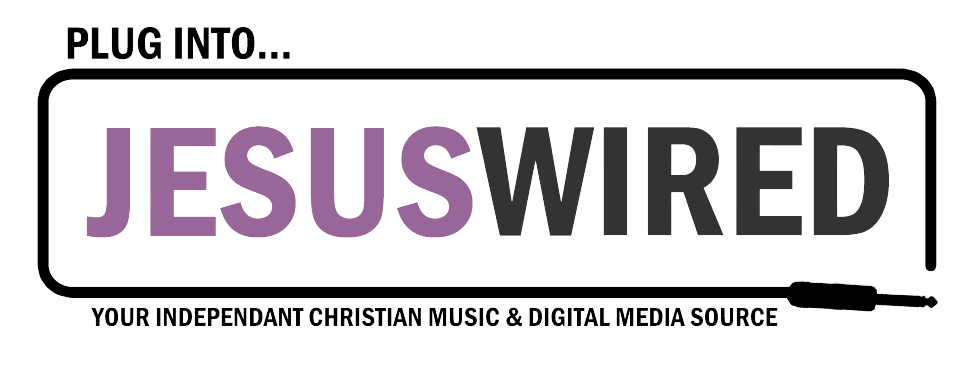It's important to understand the difference between the two different types of copyright and to list the appropriate information on any project you release to the public. Fundamentally, the copyright symbols serve as a warning to unscrupulous individuals that the compositions and entire sound recording are intellectual property protected by the U.S. Copyright Office under penalty of law.
Everyone is familiar with the © Copyright symbol but not everyone understands what it represents. The © Copyright symbol basically alludes to the authorship of a particular work. On a music album it's possible for each track to contain unique copyright information although, in most cases, there is a main songwriter (or songwriters) responsible for multiple tracks. The full listing for a copyrighted item typically includes the copyright symbol, a person or company name and the year the item was registered for protection. For example, if track 1 was written by James Owens alone and proper copyright forms were submitted to the U.S. Copyright Office in 2008, the copyright would be listed as © 2008 James Owens. If track 2 was written by James Owens and Matthew Henry (and the copyright forms were submitted in 2008 as well), the copyright would be listed as © 2008 James Owens, Matthew Henry. Of course, it's always possible that the entire album was written by one person or group of people. In that case, all tracks would have the same copyright information (for instance, "© 2008 James Owens", "© James Owens, Matthew Henry" or, if a band, "© 2008 The Muckrakers").
There are other factors which can affect the way the copyright might be reflected in print as well. For instance, some songwriters either use a publishing company or have created their own in conjunction with one of the songwriting agencies (ASCAP, BMI, SESAC). So this might change the copyright to something along the lines of © 2008 Blue Moon Music (ASCAP). In other cases, a record label might own the copyright to the songs themselves. In that case, the copyright might appear something like © 2008 Jacob's Well Records.
The second (and less familiar) type of copyright is what's known as the sound recording, phonorecords, phonogram or phonographic copyright which is represented by a "P" within a circle. There currently isn't a HTML tag which will allow me to represent this symbol without using an actual picture of the symbol, so I can't add one here for the purpose of illustration. Just replace the "C" with a "P" in the symbols illustrated above and, voila, you'll know what it looks like. You can also look on any major label album or visit iTunes for reference. This particular copyright symbol alludes to ownership of the sound recording (i.e. the song as recorded by you or your band). If you're a solo artist or band without a label, the "P" copyright will typically be your personal name or band name. But if you are associated with a record label, the "P" copyright will typically be listed in the following manner: "P" 2008 Jacob's Well Records. Remember that the "P" would be replaced with the actual symbol in the examples provided in this paragraph.
Don't forget to protect your intellectual property by (1) registering your work with the U.S. Copyright Office and (2) listing all appropriate information on your cover art and marketing materials.
Thursday, March 25, 2010
Wednesday, March 24, 2010
Tip of the Day - Poor Man's Copyright
According to the U.S. Copyright Office, "the practice of sending a copy of your own work to yourself is sometimes called a 'poor man’s copyright.' There is no provision in the copyright law regarding any such type of protection, and it is not a substitute for registration." In a nutshell, a "poor man's copyright" provides you absolutely no protection under the law. Don't waste your time or money mailing a package to yourself unless you just really enjoy visiting the post office and/or getting packages in the mail! If you're serious about your music career, do your homework and follow proper procedure. Remember, the rules are set in place to protect your interests.
To learn more about copyrighting your material, visit the U.S. Copyright Office Website. If you're already familiar with the fundamentals of the process, the Copyright Office has set up a new online submission system dubbed "eCO" (Electronic Copyright Office). You can learn more about the new process HERE. Physical forms are no longer available on the website but are still available upon request. At the end of the day you're going to want to use the eCO submission process as it is faster, easier and will save you anywhere from $15 to $30 depending upon the alternate options available.
To learn more about copyrighting your material, visit the U.S. Copyright Office Website. If you're already familiar with the fundamentals of the process, the Copyright Office has set up a new online submission system dubbed "eCO" (Electronic Copyright Office). You can learn more about the new process HERE. Physical forms are no longer available on the website but are still available upon request. At the end of the day you're going to want to use the eCO submission process as it is faster, easier and will save you anywhere from $15 to $30 depending upon the alternate options available.
Subscribe to:
Posts (Atom)
